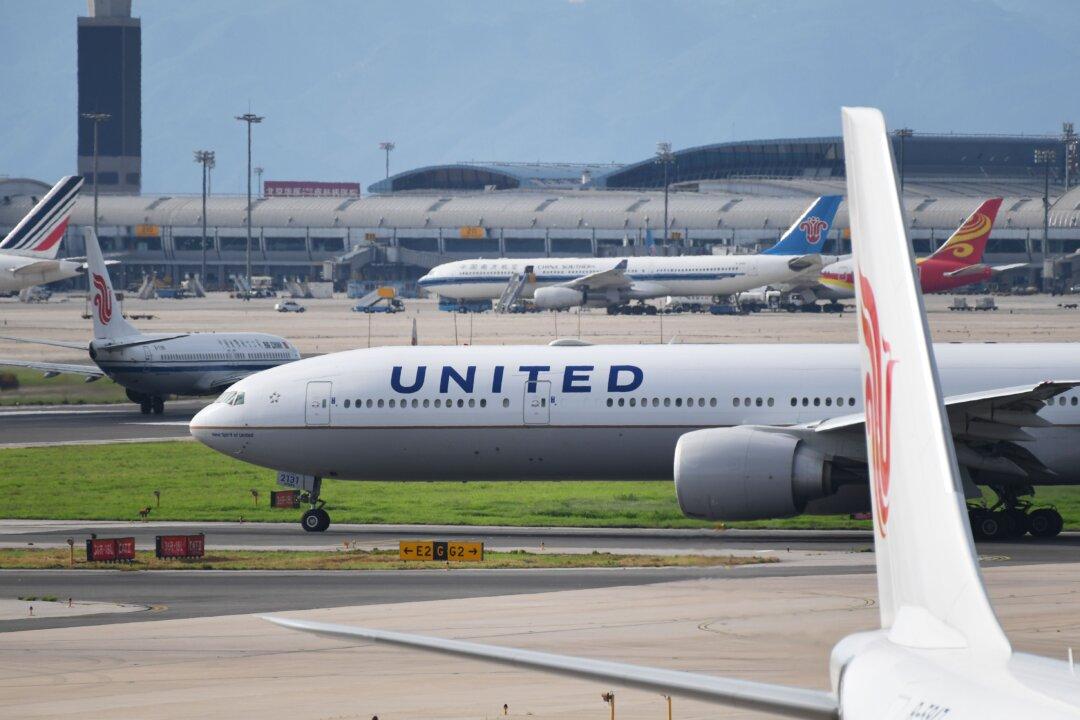The flight, which carried 270 passengers, landed safely, however, concerns remain regarding the recent increase in the number of aviation incidents.
A United Airlines flight from the Newark Liberty International Airport, New Jersey, heading for Rome, had to turn back after rapidly falling thousands of feet midair.





